
While living up in the Yukon, I have had the opportunity to see and learn about a bizarre looking northern animal. The Muskox is able to survive some of the coldest and harshest arctic climate around. For thousands of years the muskox has survived in the northern latitudes of Canada, Greenland, Norway and Russia so they have obviously adapted some unique characteristics.
One of the most important features of the muskox is the two layers of fur that it grows during the winter. Remember, it is always important to layer up when going out in the cold. The outer layer is called the guard hair, simply because it guards the inner layer. This outer layer is dark brown, coarse and hangs to the ground. This is the first protection against frost, snow and other elements that the harsh Arctic winter’s can throw their way. The inner layer is a special layer. This undercoat is light brown, soft and very dense. This undercoat is thought to be the warmest naturally occurring fiber in the world. As well, it is so dense that the wind, cold, and bugs can’t penetrate it, which is great because muskox aren’t able to use insect repellent. Usually, this interior layer of fur begins to shed as the temperature warms up for the summer, and they will grow a new layer before winter strikes again. As the inner fur grows out, it gives the muskox a shaggy and ragged look during the summer. Not the best fashion statement but it works for this northern beast.
Muskox Fast Fact – Did you know that the muskox eyes have horizontal slits instead of round. This is to reduce the amount of reflected light from the ice and snow from entering the eye. For this reason muskox are able to see well in very bright conditions.
Have you ever seen a muskox? Did you notice the shaggy appearance during the summer?


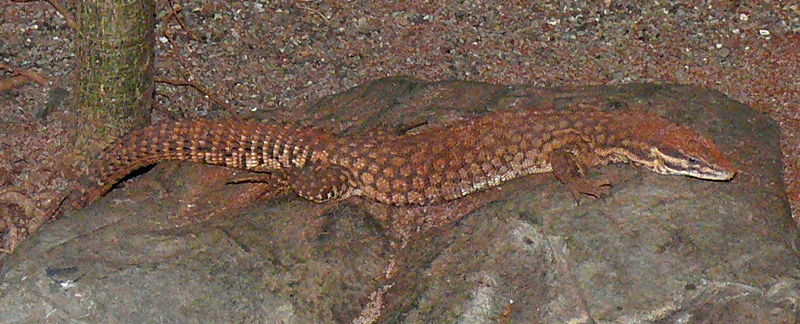
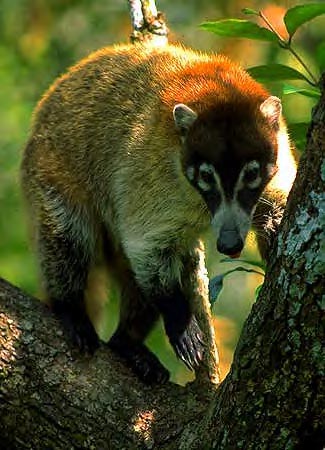
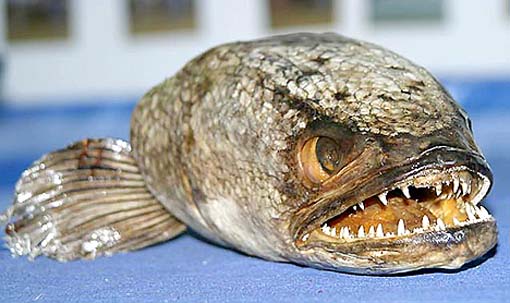
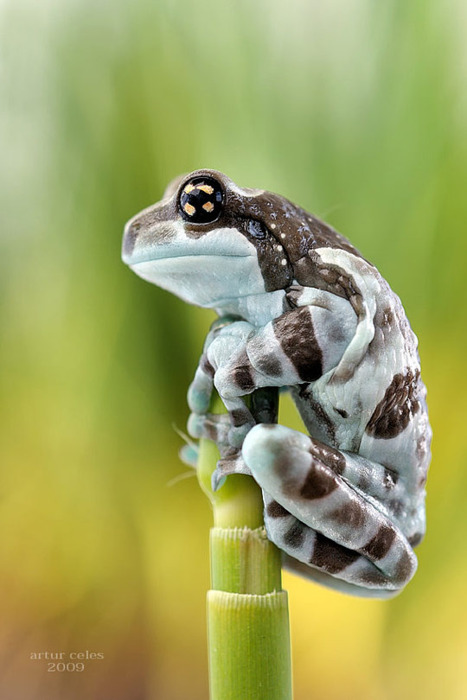
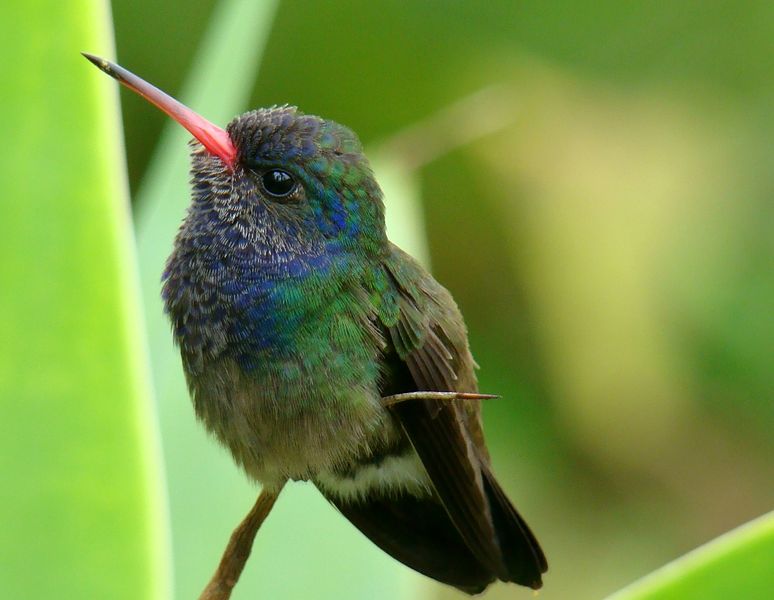
Very interesting Nathan. You mentioned that muskox aren’t able to use insect repellent – they should try Muskol insect repellent. Just a thought!
hahaha! That is a great suggestion! I will be sure to pass that along to any muskox I run into up here.
Thanks for that! It made me smile!!
Linda that is priceless……good sense of humour.
We did see quite a few this summer visiting the Yukon. Nathan you are correct, they were shedding and had patches of thick fur throughout their body.
If the inner fur protects them from the cold elements what protects them from the warm elements (if they shed their inner fur)? The ones we seen looked awfully hot and they weren’t walking too much.
I have another silly question. If they shed their inner fur in the summer (which protects them from bugs)…how are they protected????? Would the bugs be lice etc and not black flies or mosquitoes.
Thanks!
Interesting comments from two very intelligent ladies, not that the author is lacking in that Department. Very informative Nathan, I like the video at the beginning. Knew about the two layers for their insulation value, but didn’t realize it protected them from insects as well – guess it makes sense.
Great questions about the impact the inner layer will have on insects if they shed it during the buggy season. Even though, they are in the process of shedding this fur during June/July, when the black flies and mosquitoes are at full force, it still offers protection. While they are shedding the inner layer and getting the new protective layer of fur, they will be protected from mosquitoes and black flies.
As far as controlling their heat during the summer months. Yes, I am sure they will tend to get warm during unseasonably hot temperatures, similar to other animals. For this reason they would need to implement other strategies such as finding shade, little movement, etc. Nobody said the life of the muskox was easy but what did they expect living in the far north.
Thanks for the questions! They were excellent and really had me thinking. I appreciate it!
Aunt Bev – Yes, both ladies are very intelligent and apparently witty as well. I figured you would know about the two layers of fur since you are pretty up to date on your animal facts. I am also glad you enjoyed the video. Thanks for reading!!
Would people like to continue seeing videos, pictures, other websites? Any feedback would be appreciated. I want this site to be home to you as well so what would you do differently??
What a great a picture! I wish it was part of a mamalanche
🙂
I had always thought that seal skin was the warmest fur around… Living in Nunavut, That’s what the Elders had told me… Maybe it is only beacuse of its water-resistant benefits…
Hey Mike,
That is a great point. Seal skin is incredibly warm and does have that waterproof capability. I wouldn’t doubt what the Elders say since they have been living on the land for a long while. I had always heard that the inner layer of muskox fur was the warmest (several time warmer than sheep wool and softer than cashmere). Does anyone have first hand experience with both muskox and seal fur?? Maybe they could shed some light on this!
Thanks for the comment and for reading the blog, Mike. Makes me think!!